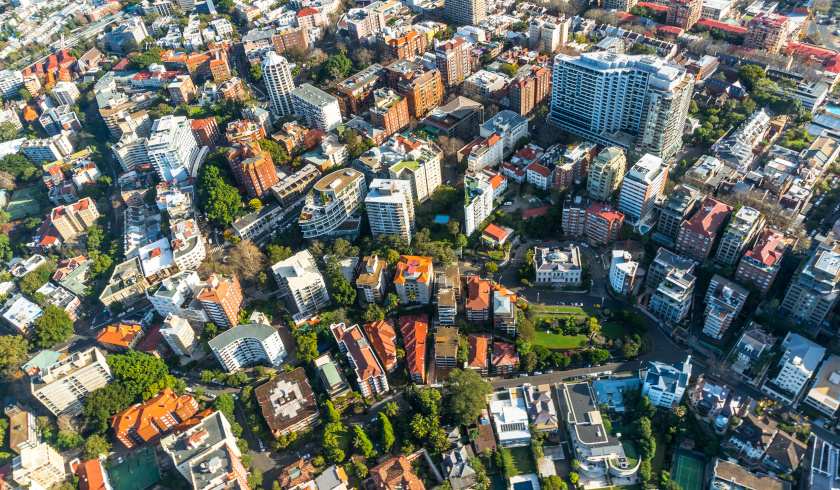Are capital city markets finally recovering from COVID-19?
Despite the doom-and-gloom headlines following the COVID-19 outbreak, the Australian property market proved its resilience with only mild declines since early this year. What will the chief contributors to post-pandemic recovery be?

CoreLogic’s latest Quarterly Economic Review unpacked the recent recovery trend in housing market values in the months to November 2020.
According to the report, the national housing market did not suffer the large declines in value anticipated at the start of the COVID-19 pandemic, as housing prices shrunk by a mere 1.9 per cent between March and September.
By October, the recovery trend had started, with values increasing 0.4 per cent nationally during the month, and 0.8 per cent in November.
According to Eliza Owen, CoreLogic’s head of research Australia: “Relative to previous housing market downturns, the current decline through to November seems relatively mild, with dwelling values just 0.7 per cent below the pre-COVID levels.”
“There are numerous factors which have contributed to the prevention of a larger downturn in dwelling values, including the institutional, coordinated response to the pandemic, which have seen low borrowing costs, added incentives for first home buyers and the extension of mortgage repayment deferrals limiting forced sales.”
Despite an initial slump in housing finance due to the pandemic, the year to October saw a remarkable 14.5 per cent lift in the volume of finance secured for the purchase of property, according to ABS lending indicators.
Ms Owen said the post-COVID mortgage lending boost was driven by owner-occupiers, including changeover buyers such as upsizers and downsizers, as well as buyers getting into the property market for the first time.
“Money lent to first home buyers saw the fastest growth rate at 35.1 per cent in the year to October, accounting for 22.1 per cent of lending, up from 18.8 per cent in the year prior. Meanwhile, investor mortgage lending increased less than 1 per cent in the same period.
“There are several factors that contributed to this growth in first home buyer activity, including generational trends, monetary and fiscal incentives and lower dwelling values and competition,” she highlighted.
